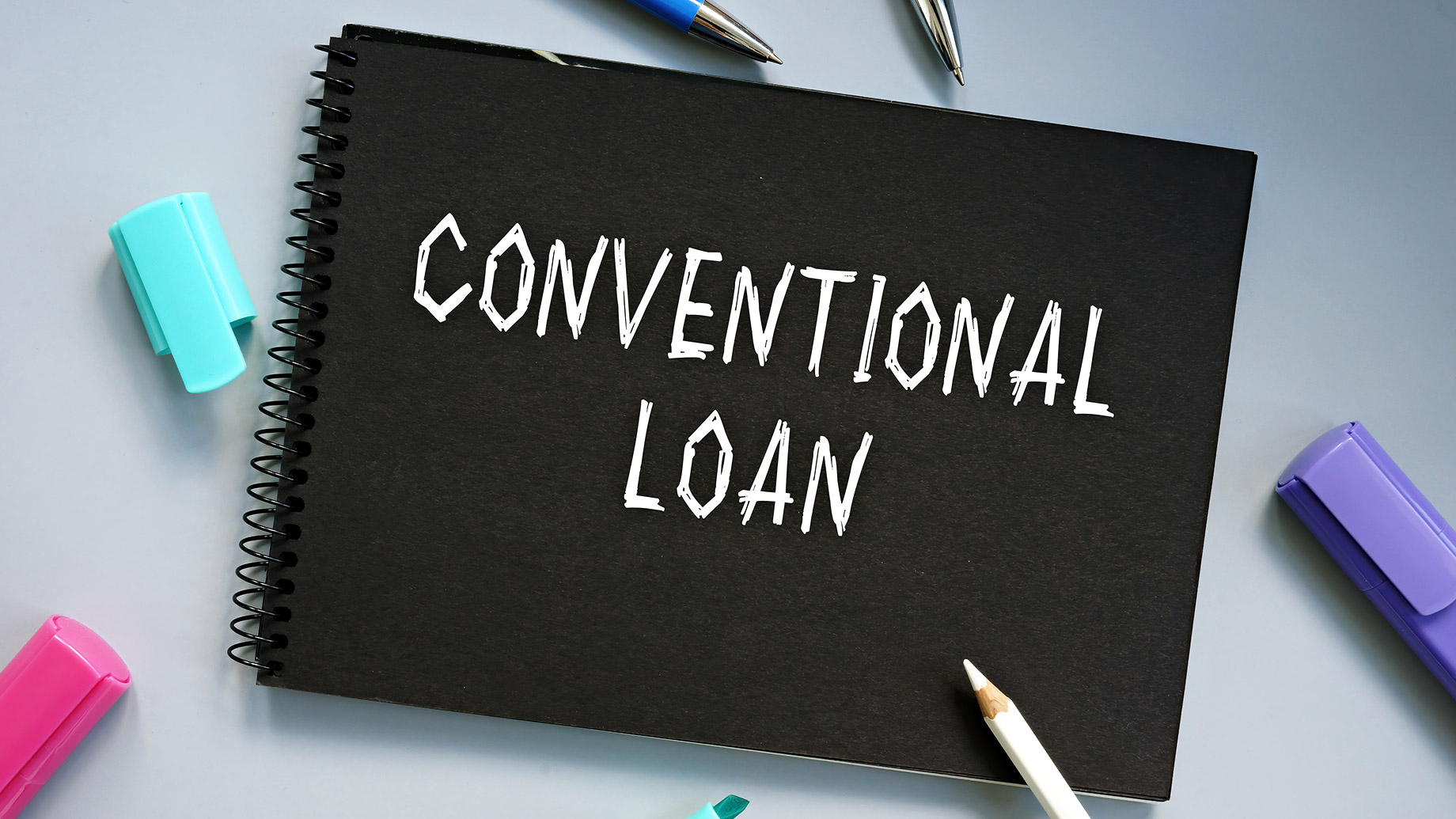
Conventional loans are a type of mortgage loan that is not backed by the government, but rather by private lenders. This means that if you default on your loan, the lender can come after your home in order to recoup their losses.
As such, conventional loans tend to have stricter requirements than other types of loans, such as FHA loans. For example, you will typically need a higher credit score to qualify for a conventional loan than an FHA loan.
Conventional loans are available in both fixed-rate and adjustable-rate varieties. Fixed-rate loans have interest rates that remain the same throughout the life of the loan, while adjustable-rate loans have rates that can change over time.
In this article, we’ll discuss conventional loans in more detail, including conventional loan pros and cons, as well as some tips on how you can qualify for a conventional loan.
Conventional Loan Pros
Getting a conventional loan comes with many benefits, which is why so many people get them. Some of the biggest advantages of getting a conventional loan include:
Conventional loans typically have higher interest rates than FHA loans. And that’s because FHA loans are backed by the government, making them slightly less risky for lenders.
The flip side of that is that lenders have more flexibility about how they can structure conventional loans, so there are more options to choose from. And, lenders may not require mortgage insurance with a conventional loan if you meet certain conditions.
You can put down a smaller down payment. With a conventional loan, you can usually put down as little as 3%. This is much lower than the minimum down payment that is typically required for an FHA loan; and while FHA loan’s interest ranges from 3.5% to 10%, the conventional loan standard interest is 4.875% for 30 years.
Your monthly payments will be lower. Because you’re putting down less money up front, your monthly payments will be lower than they would be with other loan types.
You may qualify for a shorter loan term. If you get a conventional loan, you may be able to get a shorter loan term than you would with other types of loans. This means that you’ll pay off your loan faster and save money on interest.
You can avoid paying PMI. Private mortgage insurance (PMI) is insurance that protects the lender if you default on your loan. With a conventional loan, you can avoid paying PMI if you put down 20% or more as a down payment.
Conventional Loan Cons
While there are many advantages to getting a conventional loan, there are also some downsides to be aware of. These include:
You may need a higher credit score. As we mentioned earlier, you typically need a higher credit score to qualify for a conventional loan than an FHA loan. If your credit score is not high enough, you may not be able to get approved for a conventional loan at all.
You may need a larger down payment. As we also mentioned earlier, the minimum down payment for a conventional loan is typically 3%. However, if your credit score is on the lower side, you may need to put down more money in order to qualify.
Your interest rate could be higher. If you have a lower credit score, you may be offered a higher interest rate on your loan. This can end up costing you more money in the long run.
Tips for Qualifying for a Conventional Loan
If you’re interested in getting a conventional loan, there are some things you can do to increase your chances of qualifying. These include:
- Make sure your credit score is as high as possible. As we mentioned, you need a good credit score to qualify for a conventional loan. If your credit score is on the lower side, try to improve it by paying your bills on time and keeping your credit utilization low.
- Save up for a larger down payment. As we mentioned, the minimum down payment for a conventional loan is typically 3%. However, if you can afford to put down more money, you may improve your chances of qualifying.
- Shop around for lenders. Not all lenders offer the same interest rates and terms on their loans. It’s important to shop around and compare offers from different lenders before you decide on a loan.
- Get pre-approved for a loan. Once you’ve found a lender that you’re happy with, you can get pre-approved for a loan. This can give you a better idea of what interest rate you’ll be offered and whether or not you’ll qualify for a conventional loan.
- Keep your debt-to-income ratio low. Lenders will look at your debt-to-income ratio when considering you for a loan. If your debt-to-income ratio is too high, it may be difficult to qualify for a conventional loan.
- Use a co-signer. If you have a family member or friend who is willing to co-sign for you, it may increase your chances of qualifying for a loan. This is because the lender will consider the creditworthiness of your co-signer when making a decision.
Conclusion
Applying for a conventional loan can be a great way to finance a home. There are many advantages to getting a conventional loan, including the potential for a lower interest rate and shorter loan term. Like all things, there are some cons to be aware of as well, such as the need for a higher credit score. However, if you follow the tips in this article, you may be able to increase your chances of qualifying for a conventional loan.